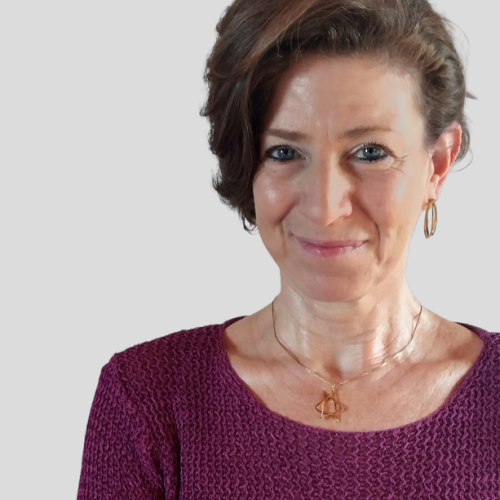Scira Menoni, Professor at Politecnico di Milano and Seconded National Expert at the European Commission
What is your role, and what do you do on a daily basis?
I am a professor at the Politecnico di Milano, Italy, where I teach and do research on disaster prevention, mitigation and recovery. I am currently seconded at the European Commission’s department for research and innovation, in the Scientific Advice Mechanism (SAM) unit. I have been working on the development of the Scientific Opinion on Strategic Crisis Management of the Group of Chief Scientific Advisors to the EU mandated by Commissioners Lenarčič and Gabriel .
What motivated you to get involved in civil protection/disaster management?
It was my professor of Statics and Mechanics, Elisa Guagenti, who first introduced me to seismic risk prevention. Since my master’s thesis, I have continued working in the field of disaster risk reduction, and progressively expanded other types of hazards.
What are the issues that matter most to you? How do you get involved with these issues as part of your role?
When I did my master’s thesis most studies were on hazard assessment, especially in the technical domain. For me as a planner, it has been clear since the beginning that exposure and vulnerability are equally important and deserved far more attention than they were previously given.
The theme for this year’s International Women’s Day is #EmbraceEquity. Do you think the European Union civil protection/disaster management system can help achieve this? If yes, how?
I think that this can be achieved by being empathic to people’s suffering, and understanding the struggles of diverse populations, including women. I had an excellent student the year before I joined the Commission with a disability. He asked me if there was room for him in civil protection and I told him yes, of course there is, he could contribute through work such as Geographic Information System (GIS) and remote sensing analysis. Now he is a PhD student working on this exact topic, and I feel very glad to have contributed to him finding his own path in the sector.
How might it evolve to better achieve this?
Well, in a moment in history where it seems we are really going back centuries, with wars and regimes that are trying (and perhaps succeeding) to take the rights and conditions for women back hundreds of years, we could definitely provide more opportunities for people to escape from those regimes. We need to provide a good example of how democracy and a bottom-up approach is more effective in the long run, despite the sometimes-chaotic situations in the spotlight that can bring so many criticisms.

